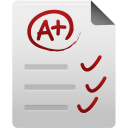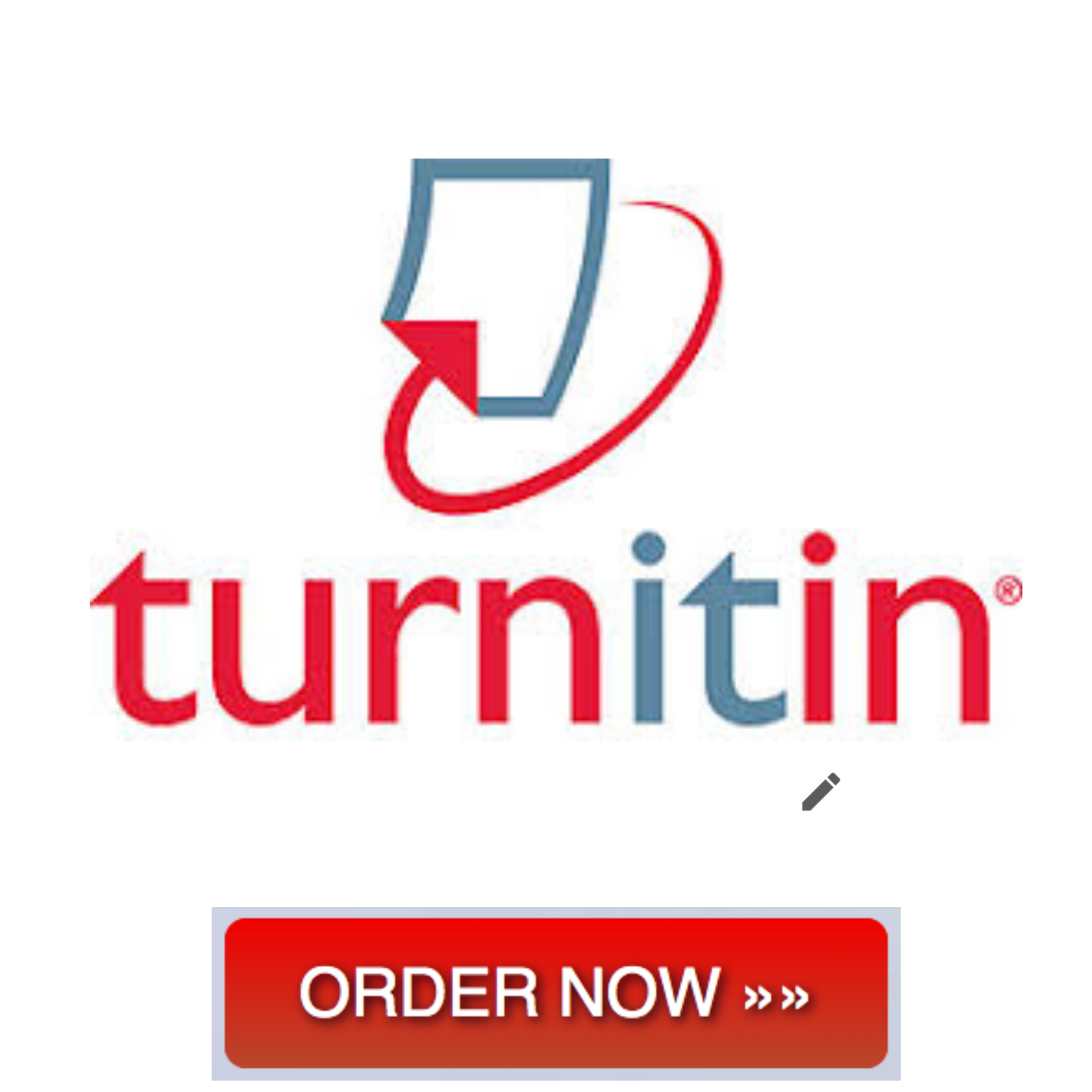Below are VERY DETAILED instructions on what this assignment entails. I wil provided the needed log in infor in the final agreement of the handshake. This needs to be 2-3 pages.
You are going to get five journal articles. Do not use Dissertation Abstracts, books, newspaper/magazine articles, web information, etc. – only journal articles from PsycINFO or PsycARTICLES may be used. You will access PsycINFO and/or PsycARTICLES from the Shapiro Library online website.
How to get the journal articles:
- Go to the Shapiro Library website. (This is on the right side of the “My SNHU” page.)
- Click on “A-Z Database List” and click on the letter “P” in the next window.
- Scroll down to the bottom of the page and click on “PsycINFO or PsycARTICLES.” (PsycINFO has the most articles of the two sites; it is the best one to use.)
- In the next window, in the search box next to the word “EBSCO” type a key word of your topic. You may try adding words to it to see what else comes up. (Example: Gender and Discrimination.)
- The next window that opens will say “Search Results: 1 of_____.” That is the number of articles that exist in the database on the topic you chose. (If you want to limit it to only full articles you can get immediately, on the left side of the page, under the title “Limit to,” click on the box next to “Linked Full Text.”)
- Click on an article that looks interesting to you. A new page will open with some basic information about the article, such as: title of article, authors, journal name, abstract, etc. Look at the journal name. (If it says “DISSERTATION ABSTRACTS,” you are not allowed to use that article for your paper.) You can use any other articles that you see there.
- Choose five articles that you will use in your paper. (You must use the five articles you choose.) Try not to choose articles that are more than 10 years old, if possible. The reason for this, is that the field of psychology changes. Articles more than 10 years old have a good chance of being outdated by newer research.
Once you have chosen your five articles, add the citations and abstracts for each article into your word document. See below for how to do this and a description of what your annotation should contain.
Your word document should have the following items for each article: Citation, Annotation, and Abstract (in that order). Label the Annotation and Abstract, as you will see in the examples below.
How to find and Add Citations and Abstracts into your Word Document: (Easy way.)
- In step five above, when you click on one of the articles listed, the next window that opens up will give you some information about the article, including the abstract. Look for the word “abstract” in the information on the article. You will see a paragraph labeled “abstract.” That entire paragraph is the abstract.
- Copy and paste the abstract into your word document. Title it “Abstract.”
- On the right side of that window, click on the word “Cite.”
- Another window will open. Scroll down until you see “APA.” Highlight all the information next to APA, beginning from the author’s name. This is the APA formatted citation. Copy and paste the citation into your word document. Put it above the abstract, and separate them into two paragraphs, as shown in the example below.
You now have both the citation and the abstract for your article. All you need to do now is read the journal article and write the critique for it, label it “annotation” and put the paragraph between the citation and the abstract. (You must include a citation, abstract, and annotation for each article.)
Here is a sample of what each one should look like:
Tse, S., Yuen, Y. Y., & Suto, M. (2014). Expected possible selves and coping skills among young and middle-aged adults with bipolar disorder. East Asian Archives of Psychiatry, 24(3), 117-124.
Annotation: (See the information below on what to write.)
Abstract: Objectives: This qualitative study explored expected possible selves and coping skills among young and middle-aged adults with bipolar disorder in Hong Kong. Disruptive or positive experiences associated with bipolar disorder can shape the development of the sense of possible selves. Methods: Guided by narrative inquiry methodology, 14 Chinese participants (8 women; age range, 22-65 years), recruited from community mental health services and the public, were interviewed. Results: Young participants (18-40 years) elaborated on their expected possible selves as they related to health, work, and family, whereas middle-aged participants (41-65 years) talked about independent possible selves. The participants used problem-focused, emotion-focused, and cultural coping methods to deal with their bipolar disorder and achieve their expected possible selves. Furthermore, the young participants expressed ambivalence towards self-help strategies to manage high mood episodes. Conclusions: This study not only improves our understanding of possible selves among young and middle-aged adults with bipolar disorder, but also provides information for designing self-help interventions. Limitations of the study along with directions for future research are discussed. (PsycINFO Database Record (c) 2014 APA, all rights reserved). Limitations of the study along with directions for future research are discussed. (PsycINFO Database Record (c) 2014 APA, all rights reserved)
How to do the Annotation:
An annotation is a critique, and it is a description and evaluation of the journal article. It should be written in paragraph style and be about 150 words long for each article. (See the example of an annotation below.) Here is what needs to be in your annotation:
- State who the authors are, and where they are from. This is so we can know why we should trust their information. Are they professors, government officials, or just John Doe off the street? You will get this information from the information page you accessed on PsycINFO or PsycARTICLES. Here is an example of a statement about the authors:
“J. Doe and M. Smith are professors in the Psychology Department at Georgetown University.”
- Summarize the article and findings briefly. This can be a few short sentences.
- Say if you agree with the authors or not, and why. You can also say what you think was good or bad about the article. This can also be a few sentences.
- Say how you are going to use this article for your final paper OR compare or contrast it with one of the other five articles you have chosen for your Annotated Bibliography. This can be a few short sentences.
- Your critique should be about 150 words long, excluding the abstract and citation. Please write at least that much.
Here is a sample of a journal article and an annotation: (Notice that the abstract is missing. You will include the abstract in yours.)
Goldschneider, F. K., Waite, L. J., & Witsberger, C. (1999). Nonfamily living and the erosion of traditional family orientations among young adults. American Sociological Review,51, 541–554.
Annotation: The authors, researchers at the Rand Corporation and Brown University, use data from the National Longitudinal Surveys of Young Women and Young Men to test their hypothesis that nonfamily living by young adults alters their attitudes, values, plans, and expectations, moving them away from their belief in traditional sex roles. They find their hypothesis strongly supported in young females, while the effects were fewer in studies of young males. Increasing the time away from parents before marrying increased individualism, self-sufficiency, and changes in attitudes about families. In contrast, an earlier study by Williams (cited below) shows no significant gender differences in sex role attitudes as a result of nonfamily living.
What will you be graded on?
Look at the Rubric for the Annotated Bibliography. Page three shows you exactly what I will be grading your work on. You will want to try to do your work so well that you get ‘Exemplary’ on each item.
What to do next:
1. After you have written your annotations, proof-read your entire document and use the spell-check function. Correct all errors. (Make sure you have five journal articles with the citations, annotations, and abstracts for each.)
2. Submit your entire document for grading as requested in the module.
Troubleshooting:
- What if you find one great article on your topic, but can’t seem to find anything else you like? Here is a solution. Every article has a list of references at the end of it. These are all the articles the authors used to write their article. Look through their list of references – you may find articles you would like to use.
- Another suggestion is to look in your book at your chosen topic, and see what your book references. You can get articles that way too.
- When you do your journal search, if you are not getting very many articles, try using different key words. If you still can’t find anything, let me know, and I will try to help you figure it out.
Is this your assignment or some part of it?
We can do it for you! Click to Order!








